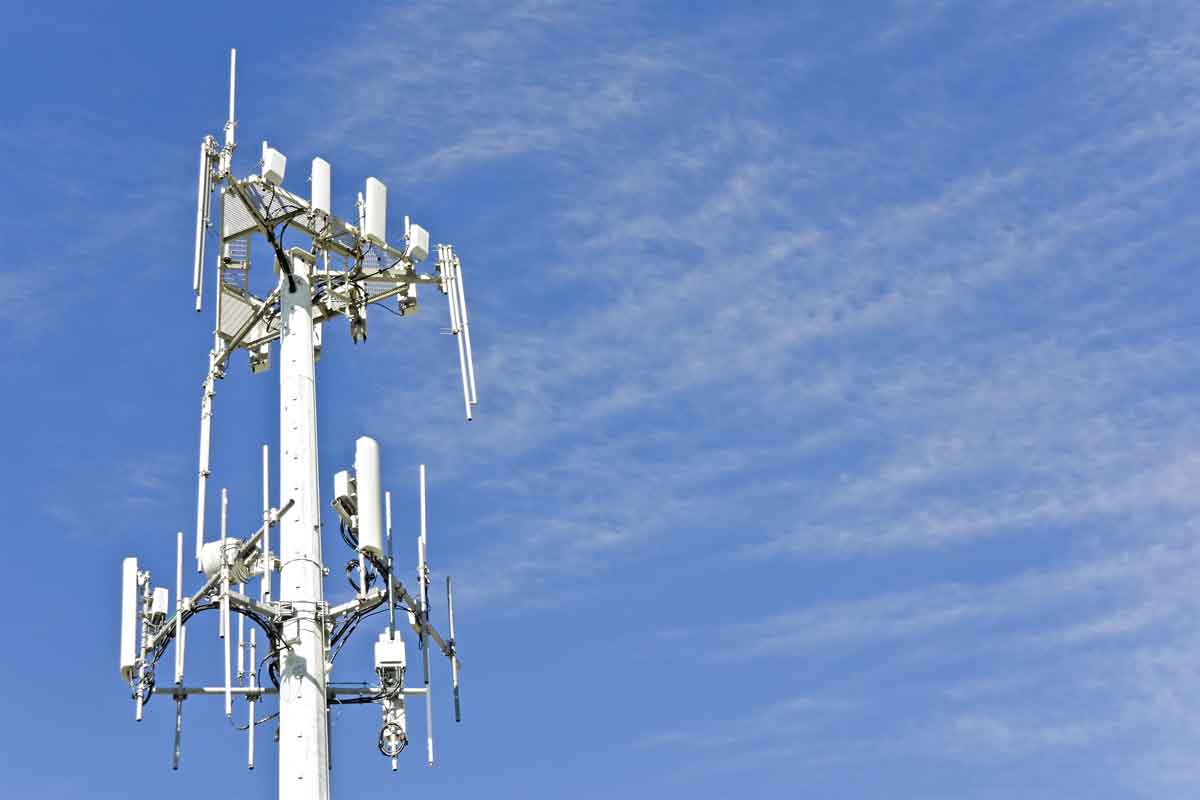If you've ever walked through a town you might have noticed tiny cell towers for 5G on the poles of street lights. They look like small boxes however, they're actually transmitting wireless signals from mobile providers to your mobile.
They are replacing larger, purpose-built cell towers. While they're not as noticeable, they still can cause problems for people.
The of the FCC's Radiation Exposure Thresholds
The FCC's Radiation Exposure Thresholds determine the maximum amount of time a person can be exposed to electromagnetic radiation from wireless devices. what is a safe distance from a 5g cell tower are based on scientific data which show that the energy of RF could cause harm to health.

safe distance from cell tower (SAR) is an indication of the amount of radiofrequency energy that is taken up by tissues. It is typically 1.6 Watts per kilogram spread over a kilogram of tissue.
However, because 5g transmits at higher frequencies and has the potential to increase the intensity of energy on the skin and other exposed body areas. This can result in various potential harms, including exacerbated appearance of skin disorders like dermatitis, cancer of the skin and cataracts.
Because of the potentially negative effects of 5G radiation, PSU has chosen to create a general power density limit of 4 mW/cm2 averaged across 1 centimeter, and never to exceed 30 minutes, for all 5G services running at 3000 GHz. This localized limit is in accordance with the maximum spatial-average SAR of 1.6 W/kg, which is averaged over 1 g of tissue at 6 GHz.
The FCC's Maximum Exposure Thresholds for Maximum Exposure
Have you ever used a cell phone, you're probably aware that a safe range from the tower is at least 400 meters away. This is due to the power of transmission from a cell tower increases dramatically the further the tower is.
Although this may sound like an ideal idea however, those living close to towers may actually be more susceptible to health issues. For instance, a study conducted in 2014 in India found that residents who lived within 50 meters of cell towers had much more health problems than those who were far from antennas.
But, the study found that people who moved to areas further away from the cell towers saw their symptoms return to normal within a few days. Studies have also shown that exposure to high frequencies of radiofrequency electromagnetic fields (EMFs) can cause brain tumors, cancer, and other health problems.
This is due to the fact that the RF radiation utilized in wireless communications, can penetrate the human body's exterior layer, called the skin. It is crucial to know since the skin functions as a protective barrier against mechanical injury, infection from pathogenic microorganisms, as well as entry of toxic substances. The skin is the most important organ of the human body. It is accountable for maintaining the integrity of other organs.
The FCC's Minimum Exposure Thresholds
The FCC's Minimum Exposition Thresholds are based upon numerous assumptions that are not supported by scientific research. They include the incorrect assumption that short-term exposures to RF radiations are not harmful because of the minimal penetration into the body (i.e., tissue heating).
This also overlooks the greater penetration of ELF components of modulated RF signals as well as the effects on the body of short bursts caused by RF pulses. These theories are not compatible with current understanding of the biological consequences of RF radiation. Therefore they shouldn't be considered for health protection exposure standards.
Furthermore, what is a safe distance from a 5g cell tower and FCC restrict its maximum levels of radiation exposure for local peak SARs based on the maximum frequency of absorption (psSAR), which can be described as not a reliable dosimetric instrument to assess the amount of exposure to RF radiation. In particular the psSAR tool is not accurate for frequencies above 6 GHz. Furthermore, psSAR has not been evaluated for RF radiation that is exposed to other environmental agents such as sunlight. The interactions of RF radiations with different environmental agents could produce synergistic or antagonistic effects. This could result in the risk of having adverse health adverse effects. For instance, exposure to RF radiation along with exposure to sunlight can cause an increase in the incidence of developing skin cancer, as well as aggravate other skin disorders, such as acne.
